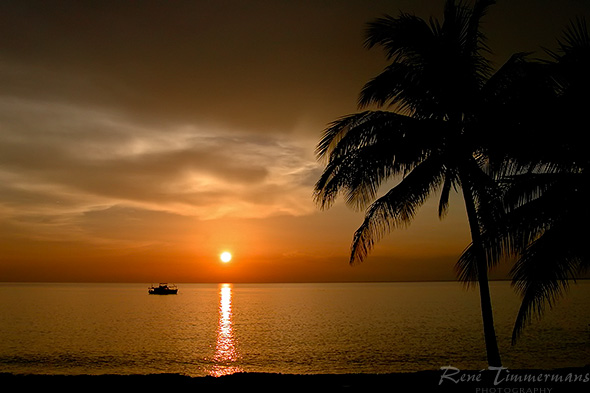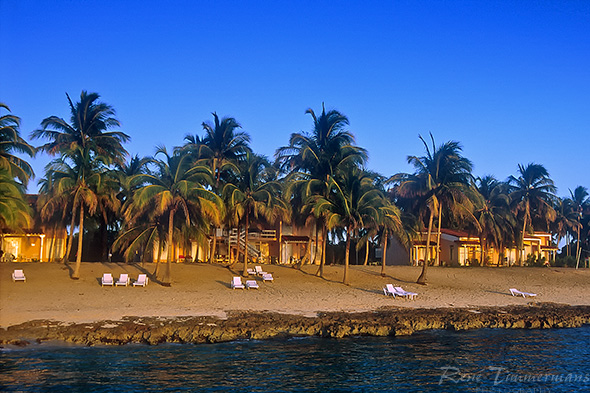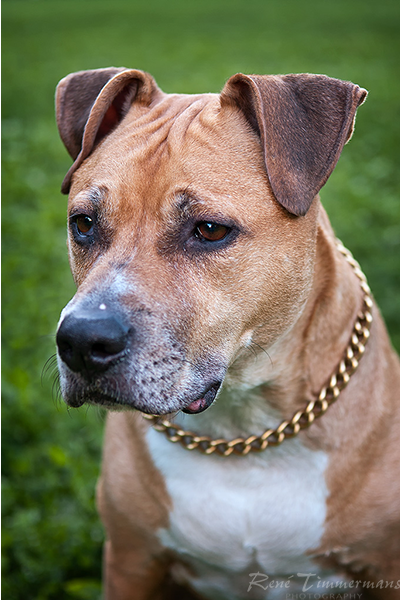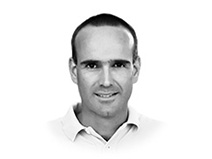by René Timmermans | Sep 21, 2010 | Uncategorized
Today, September 21, the Photokina “World of Imaging” Trade Show will start in Cologne, Germany.

The Photokina is the world’s leading fair for photography and imaging and is held every second year at the Cologne Exhibition Center in Germany. It is considered the highlight and the center of photography for all photo enthusiasts – be they amateur or professional photographers or simply photography aficionados. It will be held until Sunday, September 26.
The first Photokina was held between 6th and 14th May 1950, and over the years Photokina has been the place manufacturers have announced some of their most significant new products.
Click here for the Photokina Facebook page, and here to follow the Photokina on Twitter.
Photokina 2010 preview / predictions / hopes (source: Digital Photography Review)
- More Mirrorless Large Sensor Compacts – Star of Photokina 2008 was Panasonic’s G1, and in the past 2 years Pansonic’s G-series Micro Four Thirds cameras have come on in leaps and bounds. We expect to see updates from at least one of the existing players, and hope to see bigger hints of what’s to come from those that have yet to join the party.
- 3-D – As mentioned above the ‘next big thing’ to hit digital photography (whether you like it or not) is 3D capture, driven by the arrival of 3D movies/broadcasts and compatible flatscreen TVs. We suspect that 2011 will see a lot of talk but very little action, but once 3DTVs go mainstream the flood of compatible cameras that follows is all but inevitable. Expect to see lots of intention this year.
- Compact cameras- It looks like we’re finally getting our wish for more exciting compact cameras and more to choose from at the high end of the market, with large sensors, photographic controls and high quality lenses marking a welcome return of the ‘enthusiast’ flagship compact. Further down the ranges expect to see even more HD movie capture, even more fancy gizmos (face recognition, GPS, touch screens, ultra fast CMOS-powered burst modes etc), but little in the way of genuine innovation in mass market compacts.
- Lenses- They seem to take forever to develop, but we certainly expect Photokina to see new lens announcements from all the major manufacturers. This is especially important for the new mirrorless systems, which lack the support of a legacy lens system to bolster their lineup. They need fast, small lenses to entice system buyers.
- Surprises?- These days it’s rare for there to be any really big surprises during the show itself (though it’s not unheard of). We do know of a couple of announcements due on the opening day, but we pray for a genuine surprise. Will Olympus announce that the E-5 is the last Four Thirds camera with a mirror (as they’ve been hinting)?, will Canon and/or Nikon surprise us with a mirrorless system camera or large sensor compact? Will Fujifilm announce a new film camera? (oh, yeah ,that’s right, they did that last time), will there be a Canon EOS 1Ds Mark III or Nikon D700 upgrade? Only time will tell, and we’ll be on the show floor to ensure you get the very latest news as it happens.
by René Timmermans | Sep 16, 2010 | Photography
The autumn is approaching and the evenings are already rapidly getting darker. Temperatures are dropping and more rain is upon us. It is only one and a half month until we change the clock to winter-time. It is time to dream about wonderful summer evenings.

The past summer in Sweden has been great and with good weather, nothing to complain. However, when I was browsing through some old photo folders I came across images from 2002 when we spent some summer weeks in Cuba. Memories went back to the evenings we spent at Maria La Gorda, they were spectacular.
Maria La Gorda was then a small diving resort in the far west of Cuba. It was recommended by one of my business contacts, who had been there recently. To get to Maria La Gorda was not the easiest. In a five hour drive a taxi drove us over bad roads and in high speed towards paradise.
At the time Maria La Gorda existed of nothing more than some simple cabins near the beach (see photo below). During the day there was little more to do than sunbathing, snorkeling or joining a boat ride for some scuba-diving, and that was just what we did.
During the evenings we could enjoy the sunset, walk over the beach and relax with a Cuba Libre in one of the many beach chairs under the palm trees. Is there anything more one could wish for?

I remember that holiday as the first one with a digital camera, a Nikon Coolpix E885, ancient by now, and with only 3.2M pixels. The first photo in this post was taken with it.
The second photo in this post was taken with my Nikon F801s, that I had bought back in 1992, and was thus 10 years old, but reliable as always. I mostly used positive film at the time and would scan it in with a 35mm scanner.
The above photos, as well as some other newly uploaded photos, including bad weather over Maria La Gorda, can be viewed in the Cuba gallery.
by René Timmermans | Sep 15, 2010 | Gear
Nikon has released the D7000 mid-level digital SLR.

The new D7000 is an upgrade option for D90 and D5000 users, which occupies a new position in Nikon’s DSLR lineup, between the D90 and D300S.
Housed in a magnesium alloy body, the feature-rich camera incorporates a 16.2Mp CMOS sensor, faster ‘Expeed 2’-branded processor, 921k dot 3.0″ LCD and can record 1080p24 full HD movies. It features Nikon’s latest 39-point AF system with 3D tracking and 2,016 pixel RGB metering sensor.
For the full Digital Photography Review preview read here.
For the Nikon press-release about the D7000 read here.
In addition to the announcement of the D7000 Nikon also announced a new flashlight, the Speedlight SB-700, and two fast, fixed focal length lenses compatible with the Nikon FX format, the AF-S NIKKOR 35mm f/1.4G and AF-S NIKKOR 200mm f/2G ED VR II. They also informed the press that the total production of NIKKOR lenses for Nikon SLR cameras reached fifty-five million in August 2010.
by René Timmermans | Sep 11, 2010 | Photography
This week conditions were much better in the city center around City Hall. As you might recall from my post two weeks ago it then was cloudy, I was late and the tower was not lit.
But this week I guess I was lucky and we experienced a very nice late-summer evening with a blue sky. I was in good time to set up my equipment and make test shots. On top of that all the top of the tower was in full light. Here is one of the results.

While I was taking images it struck me what a beautiful panorama view you have when you look from Riddarholmen towards City Hall. The view stretches all the way from Södermalm to the left, over the water following the bridge to Kungsholmen, than City Hall and the futuristic looking new World Trade Center in the background of the archipelago boats to the right.
I took a series of 5 images covering the whole panorama. Back home I used Adobe Photoshop’s photo-merge tool, which works fantastic in the latest version (CS5), to create a panorama photo. You can see the results from this weeks shoot at City Hall in my Sweden: Stockholm gallery. Obviously the panorama photo does not view well on screen as it it too small to get the full impact, but once I have printed it at 100x25cm it will look great.
by René Timmermans | Sep 5, 2010 | Photography
On Saturday evening I went out to have dinner at the home of a good friend. Since she has a lovely dog I suggested I would bring my camera and take some shots of him.

The dogs name is Khille (pronounced as Shille) and is named after a Swedish policeman, Mr. Khilberg. This is their story:
One winters night in Sweden, when it was only minus 15 degrees (C), Khilberg was on patrol in the streets of Stockholm. He suddenly heard whimpering in a plastic packet in a dustbin and he bothered to check it. He looked inside and found a small puppy thrown away in the packet in the dustbin. Horrified by such cruelty, he took the puppy and brought it to the local animal shelter. That puppy was Khille. Shortly after he was left at the animal shelter my friend picked him up and adopted him.
Khille is one of the happiest and, without a doubt, one of the most beloved dogs in the world that I know of. It was a pleasure to photograph him.
Children and animals are among the most difficult subjects to photograph. They are often impatient, are moving too much and hardly ever listen to or understand given instructions.
As a photographer one of the best tactics is to just follow your subject in their being, understand their natural behavior, anticipate what is coming and be ready with your camera when the right moment arises.
When it is done successfully it is among the most rewarding photography one can do, because the end result is inevitably bringing joy to the parents.









Recent Comments